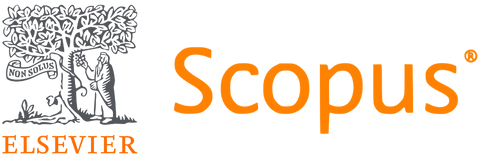Challenges, Future and Policy Orientations: The 1960s−1970s as Decisive Years for Swiss Vocational Education and Training
DOI:
https://doi.org/10.13152/IJRVET.10.3.3Keywords:
History of VET, 1960s/1970s, Swiss, Future, Vocational Education and Training, Policy Orientations, VETAbstract
Purpose: The years 1960-1970 were decisive years in the development of Swiss vocational education and training (VET). The post-World War II economic boom, technological innovations and the debate concerning equal opportunities and the democratisation of education put the VET system under pressure. Reforms were thus undertaken to increase the attractiveness of the system and to respond to the urgent shortage of qualified workers at the time. At the same time, reforms were adopted increasing the theoretical and general knowledge content of VET and improving the quality of training. The aim of our article is to describe these reforms and to show how they relate to a certain image of the future of society.
Method: Our article is based on an analysis of historical documents written between 1960 and 1972 in Switzerland on the subject of VET. These documents will, firstly, be used for a historical reconstruction of the situation and of the major challenges of the time; and secondly, they will be subjected to a discourse analysis in order to identify the main arguments that characterised the public debate at the time.
Results: Our article shows how the reforms undertaken take shape on the basis of a certain image of the future of society and of VET held at the time: an image characterised by constant and rapid changes, increasing insecurity, need for adaptation and flexibility, complexification and specialisation of the work tasks.
Conclusion: The article will also underline how the responses to the challenges posed by this image of the future will be at the origin of five trends that will characterise the evolution of Swiss VET until today: a trend towards academisation, with more academic and general content; a trend towards pedagogisation, with increased pedagogical attention to curricula and teacher training; differentiation, with the creation of new certifications; permeability, with the opening of vocational tracks to higher education; and “learnerisation”, with the gradual change of the figure of the apprentice from a “worker” to a “learner”. Far from being limited to the evolution of Swiss VET, these five trends describe movements that recent studies by CEDEFOP show also at the European level.
Downloads
Online First / Final Publication Date
How to Cite
Issue
Section
URN
License
Copyright (c) 2023 Lorenzo Bonoli, Philipp Gonon

This work is licensed under a Creative Commons Attribution-ShareAlike 4.0 International License.





